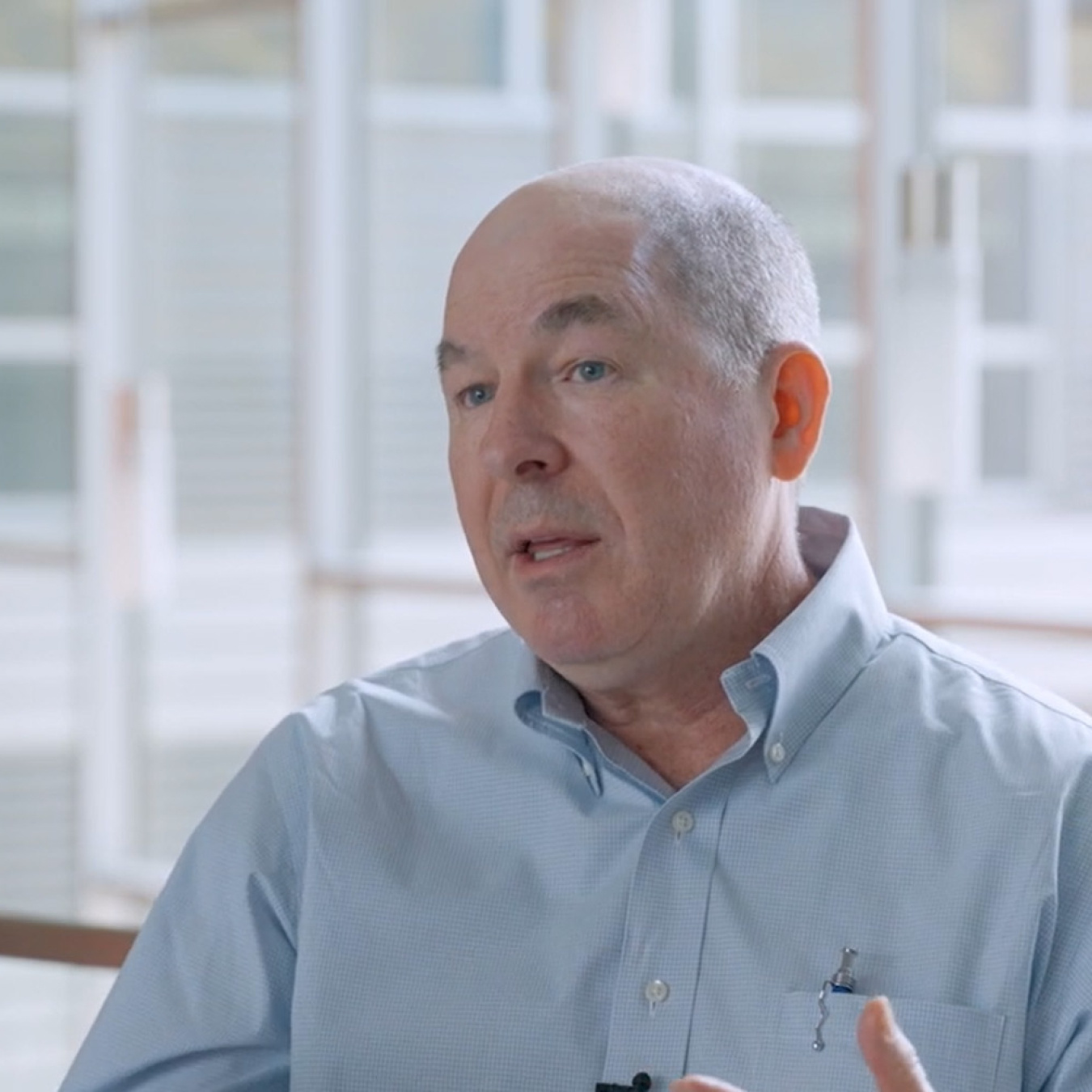This video case study details a $3 million ESPC LED border lighting project at the U.S. Customs and Border Protection.
Federal Energy Management Program
October 4, 2018This video case study details a $3 million ESPC LED border lighting project at the U.S. Customs and Border Protection in Yuma, AZ, and El Centro, CA.
So lighting has been a challenge for our sector...lights were going out routinely on a monthly basis...to the point that our maintenance crews could not keep up with replacements of light bulbs. It takes special equipment to reach a lot of our lights so we were definitely looking at LED lighting for a more sustainable, long-term solution to the reduction of maintenance costs.
This was a three million dollar ESPC ENABLE lighting project.
The boarder lighting project, as a whole, has been very welcomed here at the sector. It's changed our lighting infrastructure dramatically...it's reduced our maintenance cost dramatically...before the LED lighting project we would have failures up to 8 to 10 fixtures a month for a number of reasons...bulbs, ballasts, fuses, photocells, full fixture replacements...all of those things we have not done since the fixtures have been in...so in a year's time we have reduced our mobilization costs tremendously, going out there and making repairs every week, every month to a fixture.
The older fixtures were bigger in profile...they were basically targets that were hanging in the air...
So they were shot out, they were...you know rocks were thrown at them...and they were very easily hittable targets and that caused damage to lenses, bulbs, fixtures themselves...
The LED fixtures are much smaller...thinner profile they are a much harder target to vandalize with rock throwing and slingshots, etc.
With the old fixtures, because they were aimed up, they had to have shields on them so that you weren't having stray light go in multiple directions and so when they put the shields on them, what happened is it created striations with the old metal halide lighting...so you'd get these strips of brightness and darkness along the border.
So with the LED lighting that was really able to help solve that problem.
Overall, there has been a reduction in the illegal entries in the areas with new lighting.
When we had the yellow lighting, there was a lot of shadow areas where people could jump the fence and lay against the fence and then wait for an agent to drive by and if they weren't noticed, they were already over the first fence.
Now, with the new lighting, a lot of those shadows have been taken away so it's a lot harder for people to stage on the north side of the first primary fence.
The camera operators can visually see what's going on...where we're at in between the two fences...
So, officer safety standpoint, it's great for the agents.
So in one year, we've seen a savings of 2.7 million kilowatt-hours, which actually translates to approximately $260,000 a year.
And this is a savings of 75% in electricity usage.
It would be my hope that, in all honesty, that every sector take advantage of this program and integrate all of their old technology with the new technology.
More Videos
-

- Energy Efficiency
- Buildings and Industry
- Buildings and Industry
- Buildings and Industry
August 9, 2024



